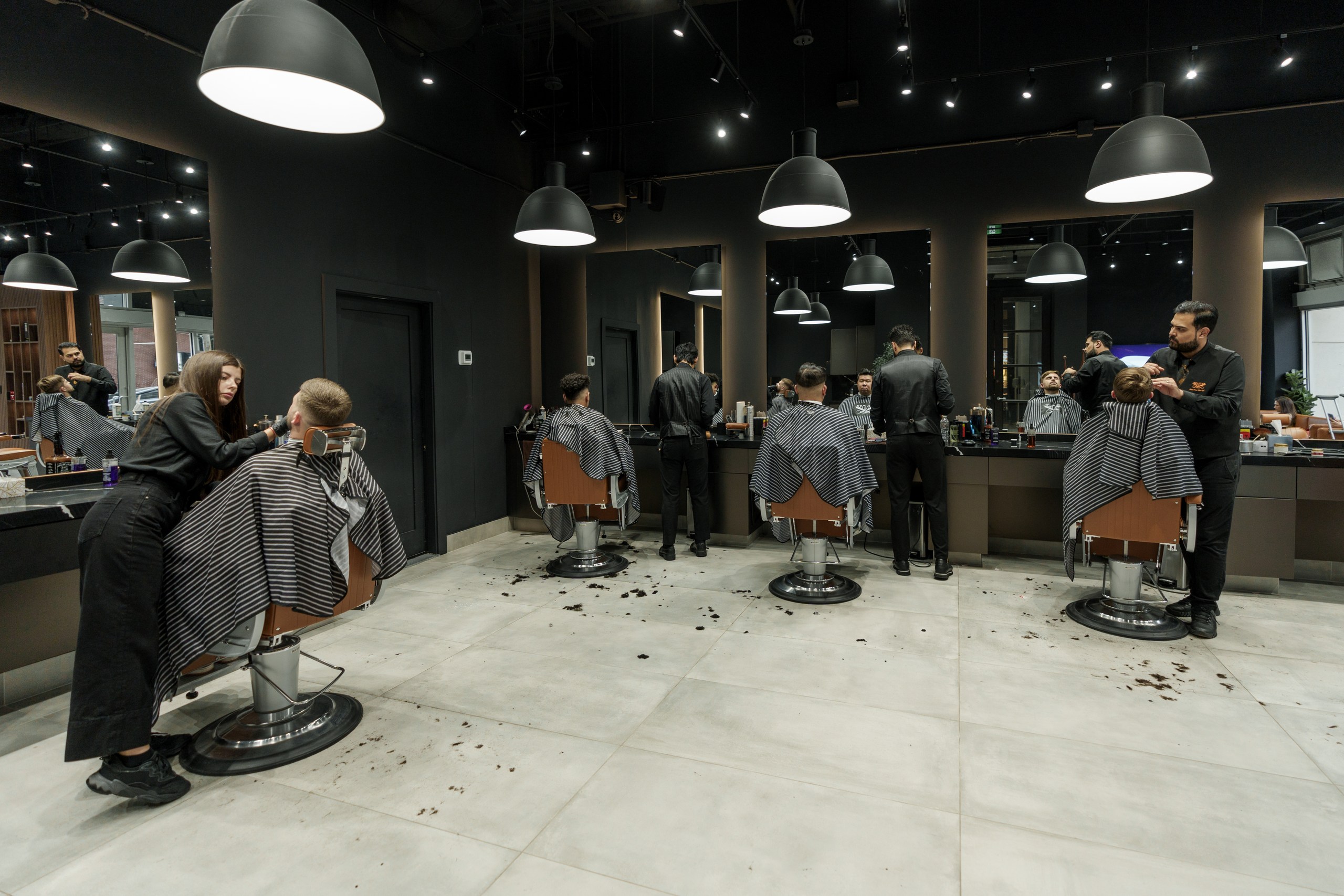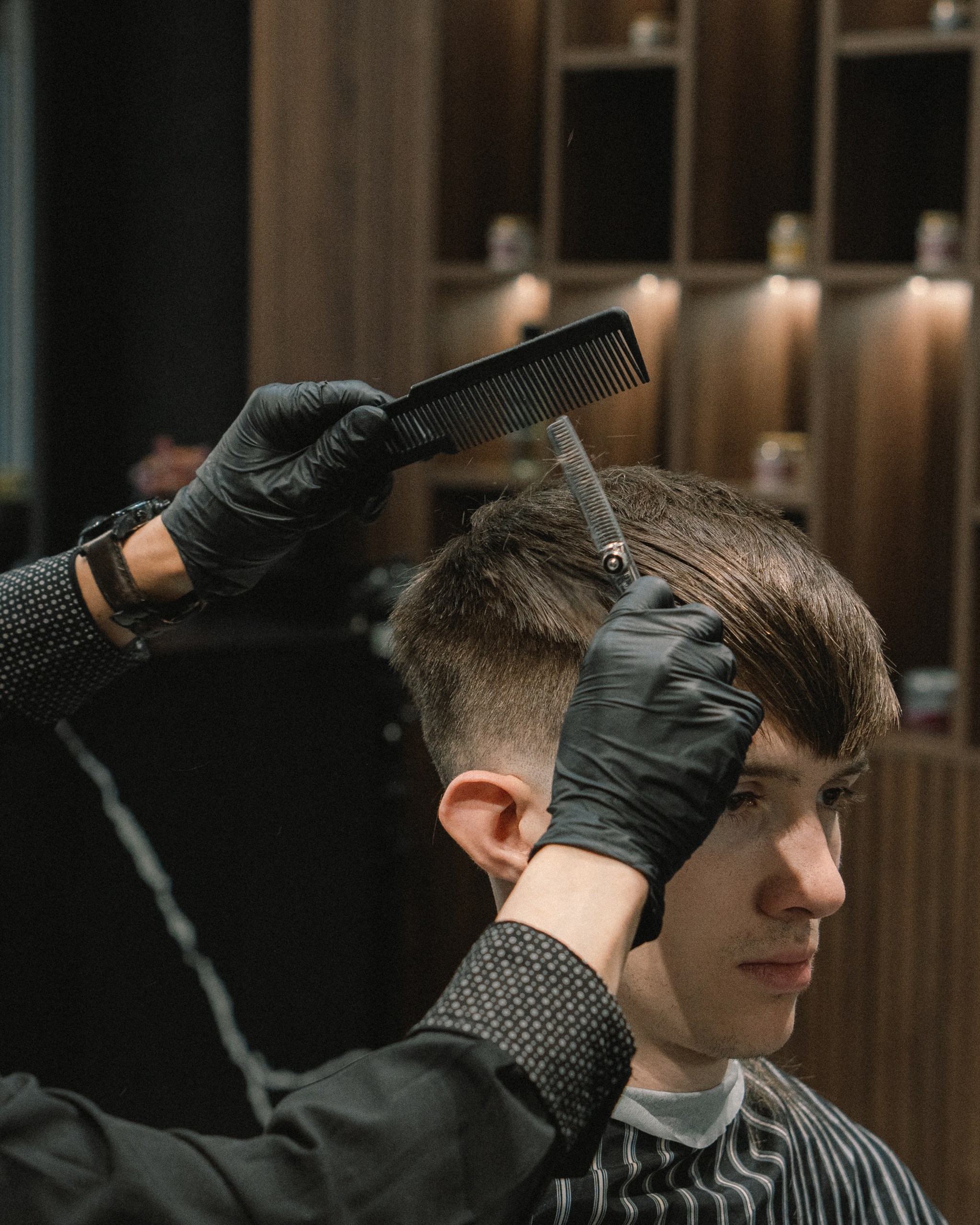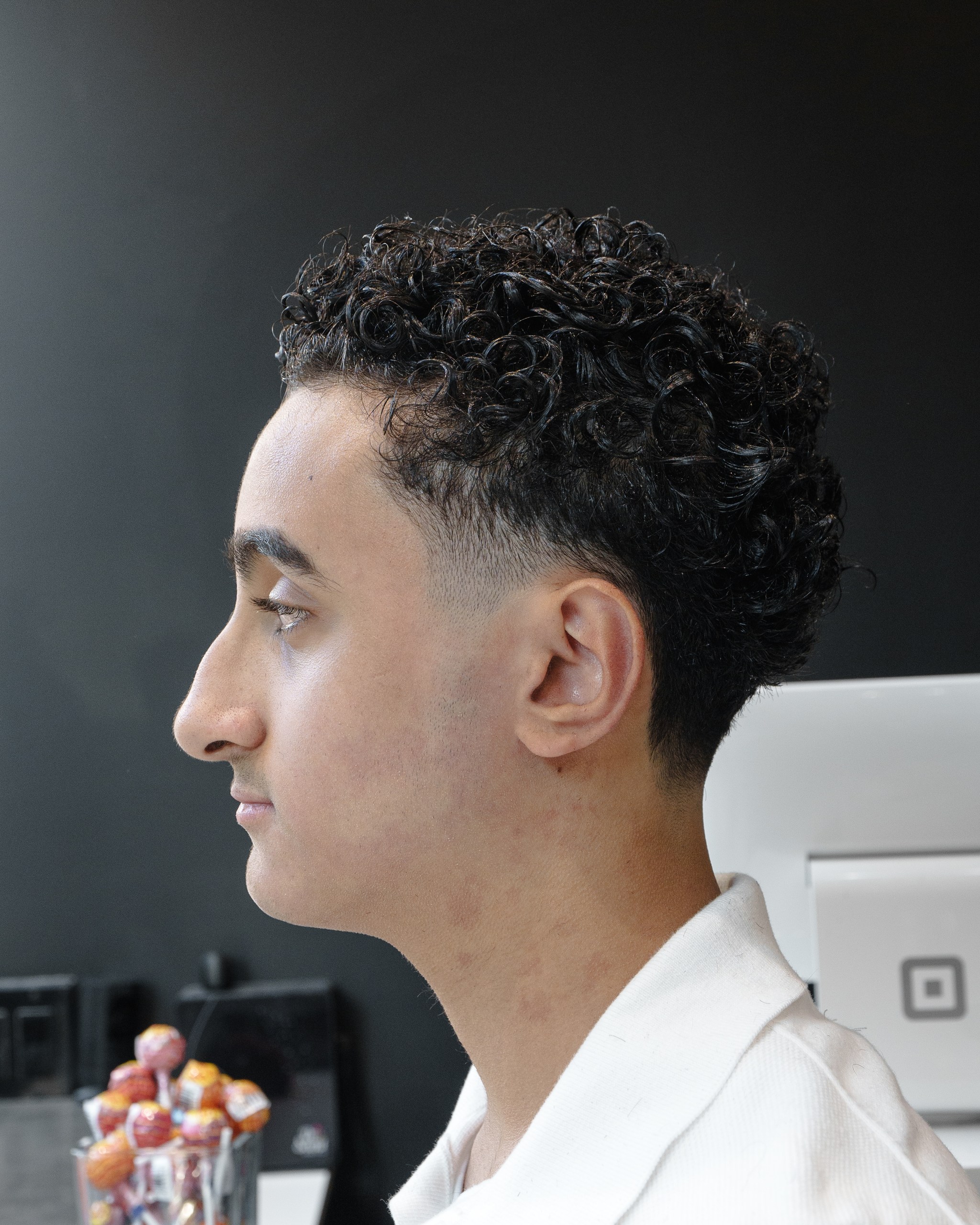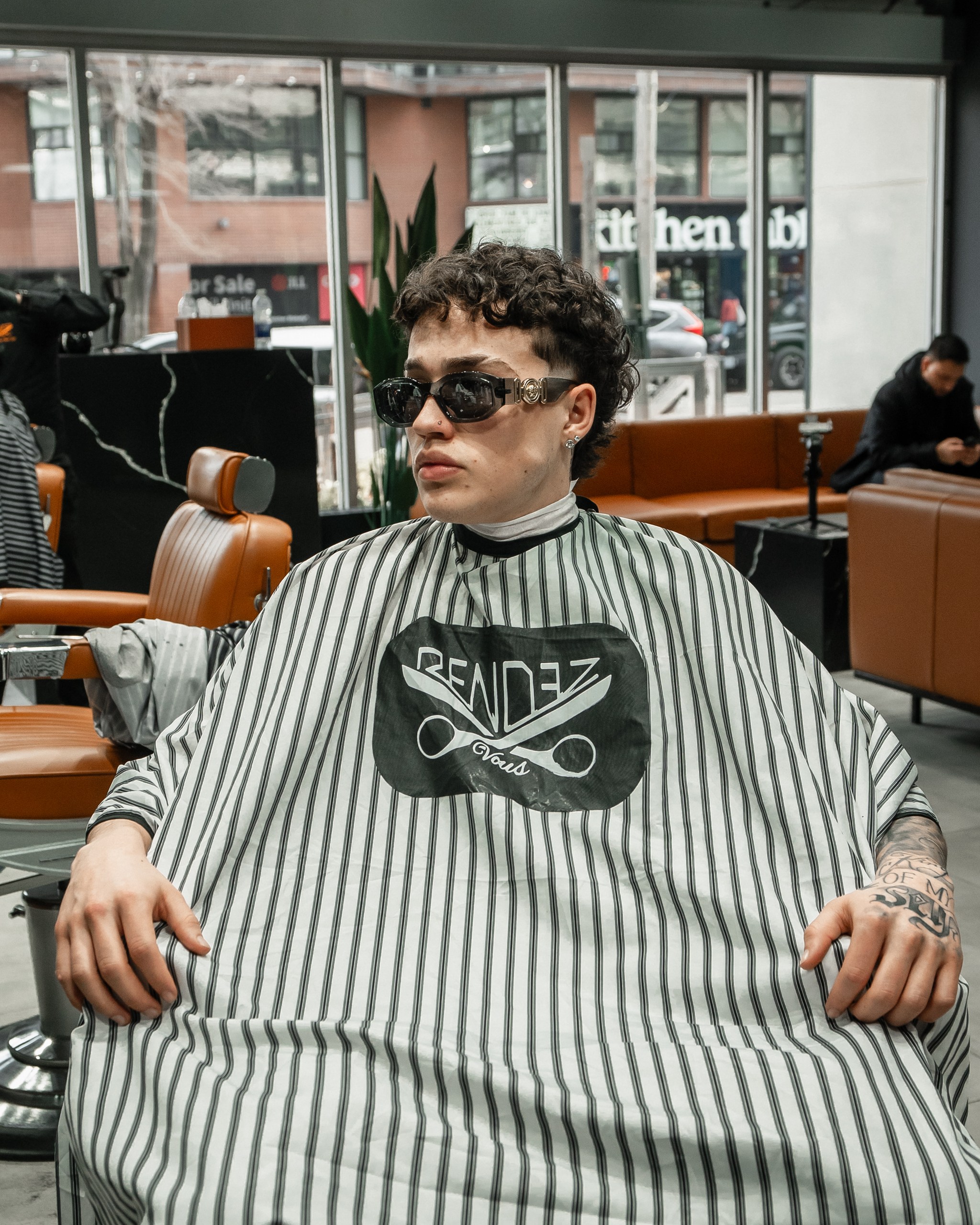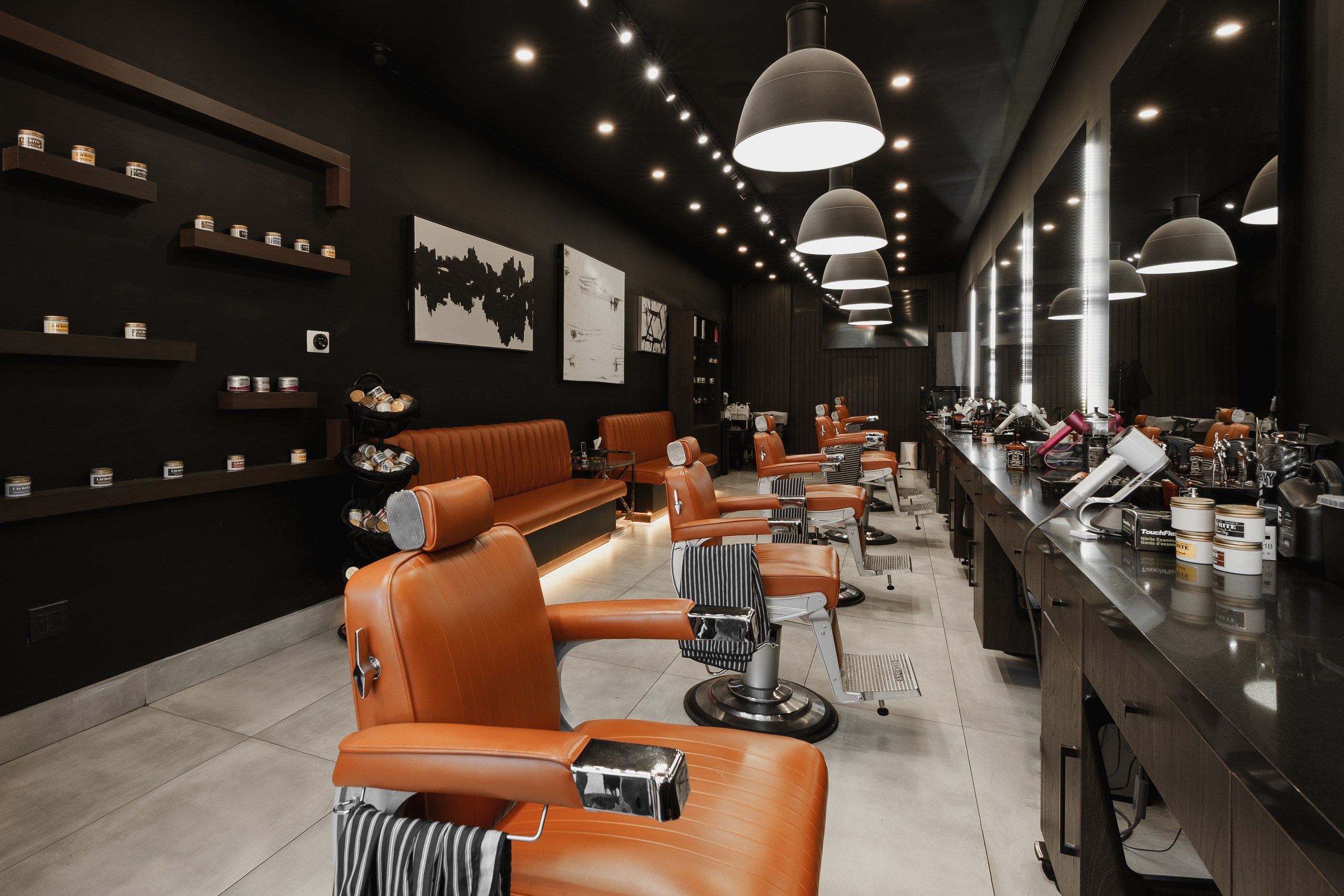Walk into any hair loss forum and you'll see two distinct conversations happening simultaneously. Young guys in their twenties panicking over receding hairlines, desperately researching every possible treatment. Middle-aged guys in their forties calmly discussing whether to just shave it off and move on.
These aren't just different people – they're different life stages facing the same biological process with completely different contexts, pressures, and options. Hair loss at 25 creates problems that don't exist at 45, while hair loss at 45 brings considerations that never occurred to 25-year-olds.
At Rendezvous Barbers, we see guys at every stage of hair loss, from early twenties noticing their first changes to fifties deciding whether to keep fighting or embrace baldness. The age when hair loss begins fundamentally changes how you should think about it and what makes sense as a response.
Treatment Windows and Effectiveness
The biological reality is that hair loss treatments work better when started early, creating pressure on younger guys to act quickly while they still have options.
Medications like finasteride and minoxidil work by preserving existing hair rather than regrowing what's already gone. Starting these treatments at 25 when you're just beginning to thin offers much better results than starting at 45 when significant loss has already occurred.
Hair transplants produce better results with more donor hair available. A 25-year-old typically has denser donor areas and more follicles to work with than a 45-year-old who's been thinning for two decades.
However, starting aggressive treatments young creates its own problems. You're committing to potentially lifelong medication use with unknown long-term effects. You might need multiple transplant procedures as hair loss continues progressing around transplanted areas.
The 45-year-old faces different calculations. Treatment effectiveness might be lower, but you also have better information about your hair loss pattern. You know whether you'll be completely bald or just thinning. This clarity helps make more informed decisions about whether treatment is worth pursuing.
Social and Professional Context
The social consequences of hair loss vary dramatically depending on your age and life stage.
At 25, you're likely in dating markets where appearance carries significant weight. Hair loss can feel like losing a crucial competitive advantage during the exact life stage where physical attractiveness matters most for romantic success.
Professional contexts also differ. A 25-year-old starting their career might worry that looking older affects how they're perceived in entry-level positions or impacts their ability to project youthful energy.
By 45, many of these pressures have shifted. You're likely established in your career where competence matters more than appearance. If you're in a stable relationship, the dating market pressures don't apply. Hair loss becomes less of a social disaster and more of a cosmetic preference.
This doesn't make 45-year-old hair loss emotionally easy, but the external consequences are often less severe than at 25.
Financial Considerations
The economics of fighting hair loss change significantly based on life stage.
A 25-year-old committing to lifelong finasteride use at $50-100 monthly is looking at potentially $30,000-60,000 over 50 years. Add hair transplants ($5,000-15,000 per procedure, possibly multiple procedures), and you're talking about significant lifetime costs.
At 25, you probably have student debt, lower income, and limited savings. Spending thousands on hair treatments competes with other financial priorities like paying off loans or building emergency funds.
The 45-year-old typically has higher income and fewer competing financial pressures. The same treatments cost the same amount, but represent a smaller percentage of available resources. However, you're also investing for potentially fewer remaining years of benefit.
Psychological Impact Differences
The emotional experience of hair loss varies significantly based on when it occurs.
At 25, hair loss often feels catastrophic because it's unexpected and premature. Most of your peers still have full hair, making you feel singled out. The sense of aging prematurely creates anxiety about missing out on youth.
There's also less perspective at 25. Hair loss might feel like the end of the world because you haven't yet developed the context that comes with experiencing other life challenges and realizing most problems aren't as devastating as they initially seem.
By 45, hair loss is more normalized. Many of your peers are experiencing similar changes. Aging is expected rather than premature, making hair loss feel like a natural part of life progression rather than an unfair curse.
You've also likely developed more resilience and perspective. Having navigated other life challenges – career setbacks, relationship issues, health concerns – puts hair loss in context as one challenge among many rather than a defining crisis.
Decision-Making Frameworks
How you should think about hair loss decisions changes based on age and life stage.
At 25, the question is often whether to fight aggressively early when treatments work best, or accept loss early and avoid the financial and psychological costs of fighting. Both approaches have merit, but the decision requires weighing uncertain futures against present costs.
The argument for aggressive early intervention is that you maximize treatment effectiveness while you still have hair to preserve. The counterargument is that you might be committing to expensive, invasive, or medication-dependent approaches for your entire adult life.
At 45, decisions often center on whether continued fighting makes sense or if acceptance is the more practical path. You have clearer information about your hair loss pattern and trajectory, making it easier to assess whether treatments will provide meaningful benefit.
Treatment Side Effect Considerations
Age affects both treatment side effects and your tolerance for them.
Finasteride's potential sexual side effects carry different weight at 25 versus 45. A 25-year-old prioritizing dating and sexual relationships might find even minor sexual side effects unacceptable. A 45-year-old in a stable relationship might be more willing to accept some trade-offs.
The unknown long-term effects of medications matter more when you're starting treatment at 25 with potentially 50+ years of use ahead versus starting at 45 with fewer remaining years.
Recovery from hair transplant procedures is also affected by age. Younger guys typically heal faster and experience less downtime, though the need for future procedures creates ongoing disruption.
Career Stage Implications
Your career stage affects both how hair loss impacts you professionally and what resources you have to address it.
At 25, you're likely early in your career with limited income and vacation time. Taking time off for hair transplant recovery or managing treatment side effects that affect work performance creates real career consequences.
The professional impact of hair loss at 25 is also ambiguous. Some industries and roles might actually benefit from looking older and more established. Others might penalize you for not appearing youthful and energetic.
By 45, you typically have more career capital, flexibility, and resources. Taking time for treatments is more feasible. The professional impact of hair loss is also clearer – you've lived with it long enough to know whether it actually affects your career or was just anxiety.
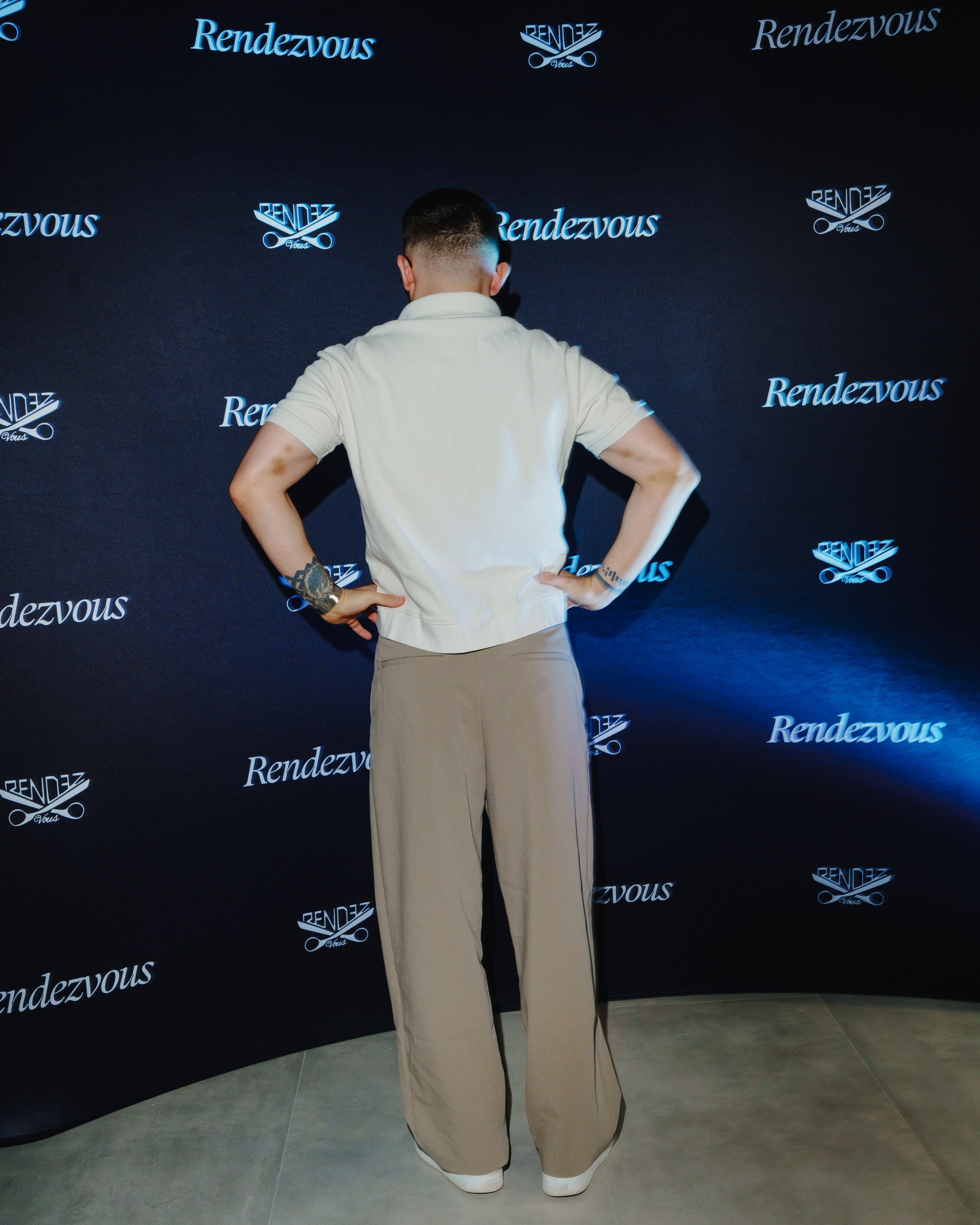
Relationship Status Factors
Whether you're single or partnered fundamentally changes hair loss calculations.
At 25, most guys are single or in relationships that might not be permanent. Hair loss anxiety often centers on dating market concerns – how will this affect your ability to attract partners?
These concerns aren't entirely unfounded. Physical appearance does matter in dating markets, and hair loss can affect how you're perceived. However, the anxiety often exceeds the actual impact.
By 45, many guys are in established relationships where their partner's opinion matters more than abstract dating market concerns. If your partner of 15 years isn't bothered by your thinning hair, the motivation to pursue aggressive treatment decreases significantly.
This doesn't mean single 45-year-olds don't care about hair loss – they do. But the dating market at 45 operates differently than at 25, with appearance often weighted less heavily relative to other factors.
The Acceptance Timeline
The path to accepting hair loss, if you choose that route, looks different depending on when you start.
At 25, accepting hair loss early can feel like giving up before the fight even begins. There's social pressure to at least try treatments, and choosing acceptance might be seen as defeatism or laziness.
However, early acceptance also means you avoid years or decades of anxiety, expense, and treatment side effects. You can build your identity and confidence without hair rather than constantly fighting to maintain something that's leaving anyway.
At 45, acceptance often feels more natural and less like surrender. You've had years to adjust to the reality of hair loss. Your identity is established around factors beyond hair. Accepting what's happening feels like maturity rather than giving up.
Medical Considerations
Age affects both candidacy for various treatments and the medical context around hair loss.
At 25, you're presumably healthy with no other medical concerns complicating treatment decisions. Hair loss is an isolated issue rather than one problem among many.
Younger guys are also better candidates for multiple hair transplant procedures if needed, both in terms of recovery ability and having more years to benefit from the investment.
By 45, you might have other health issues that affect treatment options. Some medications interact with hair loss treatments. Other health priorities might take precedence over cosmetic concerns about hair.
The risk-benefit calculation also shifts. Taking medications with potential side effects for 50 years looks different than taking them for 30 years.
Toronto-Specific Context
Toronto's cultural and demographic context affects how hair loss at different ages plays out socially and professionally.
The city's youth-focused culture in certain industries – tech, media, hospitality – can make early hair loss feel more consequential professionally. Looking older at 25 might feel like a disadvantage in workplaces that fetishize youth.
Toronto's diverse population also means exposure to different cultural attitudes toward male grooming and hair loss. Some communities are more accepting of baldness, while others place higher value on maintaining full hair.
The city's dating market dynamics also vary by age. The 25-year-old Toronto dating market operates differently than the 45-year-old market, with different expectations and priorities affecting how much hair loss matters romantically.
Making the Right Call for Your Situation
There's no universal right answer about how to handle hair loss at any age, but age-appropriate decision-making considers your specific context.
At 25, consider whether you're willing to commit to potentially lifelong treatment, whether you can afford it without sacrificing other financial priorities, and whether the psychological burden of fighting hair loss might exceed the burden of accepting it.
At 45, evaluate whether treatment will provide enough benefit to justify cost and effort, whether your life circumstances make hair loss a real problem or just a preference, and whether acceptance might offer more peace than continued fighting.
Both ages benefit from honest assessment of motivations. Are you pursuing treatment because it genuinely improves your life, or because you're afraid of what hair loss means? Are you accepting hair loss because it's genuinely the right call, or because you're giving up too easily?
Conclusion
Hair loss timing isn't just about when it starts – it's about how your age and life stage affect every aspect of how you experience and respond to it. The right approach at 25 might be completely wrong at 45, and vice versa.
Understanding how age changes the hair loss equation helps you make decisions appropriate for your specific situation rather than following generic advice that doesn't account for life stage differences.
Book your appointment today for advice that considers where you are in life, not just where you are in hair loss progression. For realistic hair loss guidance that accounts for age and context, visit Rendezvous Barbers.


